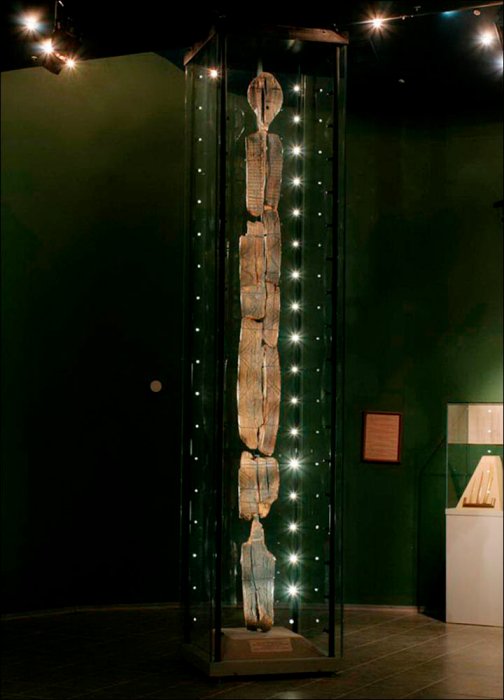
© noulpamant.roClaims the idol includes primitive writing would be amongst the first on Earth.
The Idol is the oldest wooden statue in the world, estimated as having been constructed approximately
9,500 years ago, and preserved as if in a time capsule in a peat bog on the western fringe of Siberian. Expert Svetlana Savchenko, chief keeper of Shigir Idol,
believes that the structure's faces carry encoded information from ancient man in the Mesolithic era of the Stone Age concerning their understanding of 'the creation of the world'.German scientists are now close to a precise dating - within five decades - of the remarkable artifact, which is a stunning example of ancient man's creativity.
The results are likely to be known in late February or early March, The Siberian Times can reveal.Now the question is turning among academics to a better understanding of the symbols and pictograms on this majestic larch Idol,
one of Russia's great treasures, which is now on display a special glass sarcophagus at its permanent home,
Yekaterinburg History Museum, where Savchenko is senior researcher.
German pre-historian Professor Thomas Terberger said: 'There is no such ancient sculpture in the whole of Europe. Studying this Idol is a dream come true. We are expecting the first results of the test at the end of winter, (early) next year.'
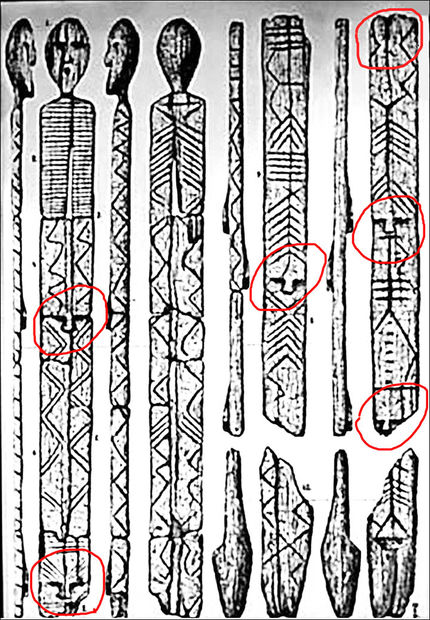
© siberiantimes.comDrawings of the first reconstruction of the Idol as walking and standing upright with marked faces, by archeologist Vladimir Tolmachev.
Professor Mikhail Zhilin, leading researcher of the Russian Academy of Sciences' Institute of Archeology, explained: 'We study the Idol with a feeling of awe. This is a masterpiece, carrying gigantic emotional value and force.
It is a unique sculpture, there is nothing else in the world like this. It is very alive, and very complicated at the same time.
'The ornament is covered with nothing but encrypted information. People were passing on knowledge with the help of the Idol.'He is adamant that we can draw conclusions about the sophistication of the people who created this masterpiece, probably scraping the larch with a stone 'spoon', even though the detail of the code remains an utter mystery to modern man.
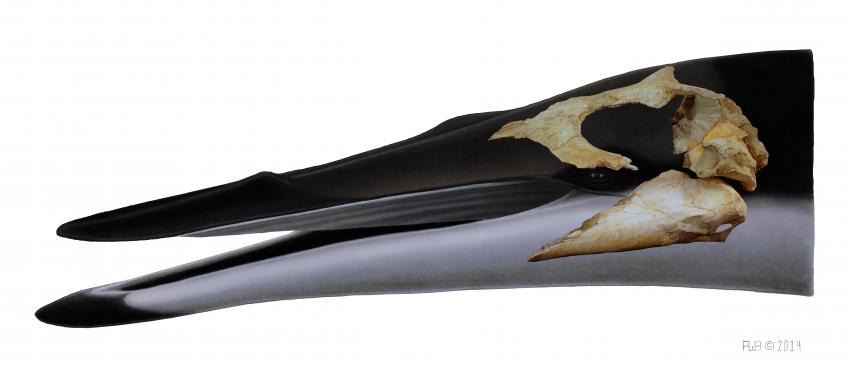


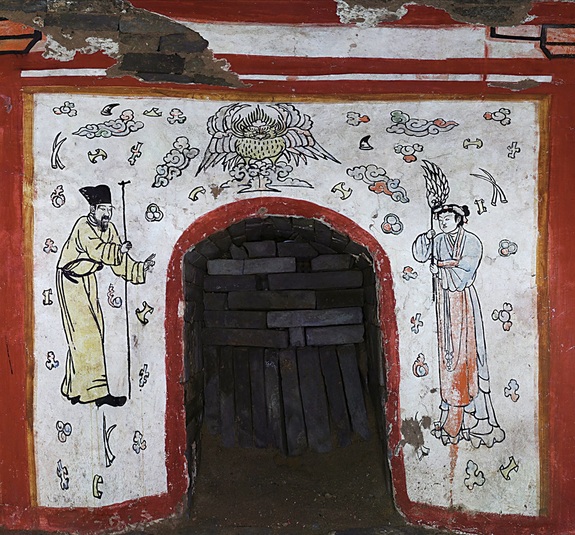
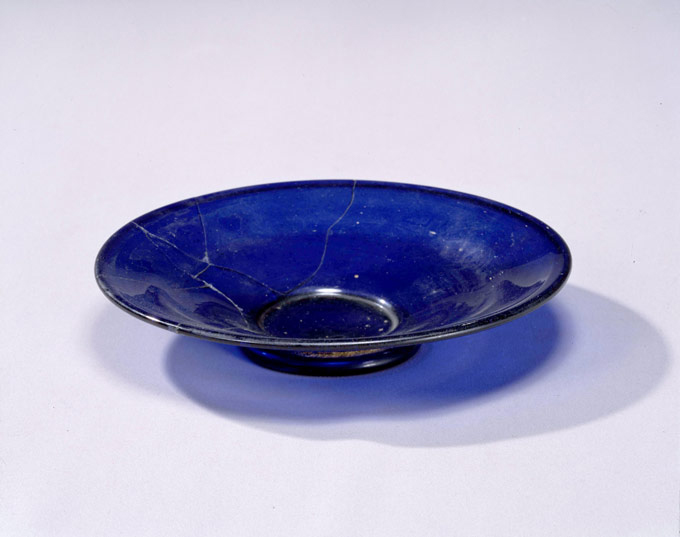
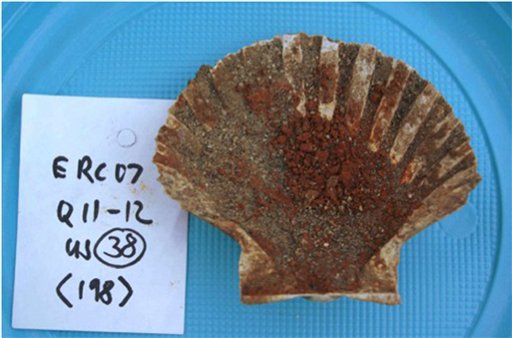

Comment:
Notes: Since 2003 the sculpture has been displayed in a glass box filled with inert gas. The head reproduces rather faithfully a face with eyes, nose, and mouth.
The body is flat and rectangular. Geometrical motifs decorate its surface. Horizontal lines at the level of the thorax seem to represent ribs, and lines broken in chevrons cover the rest of the body.